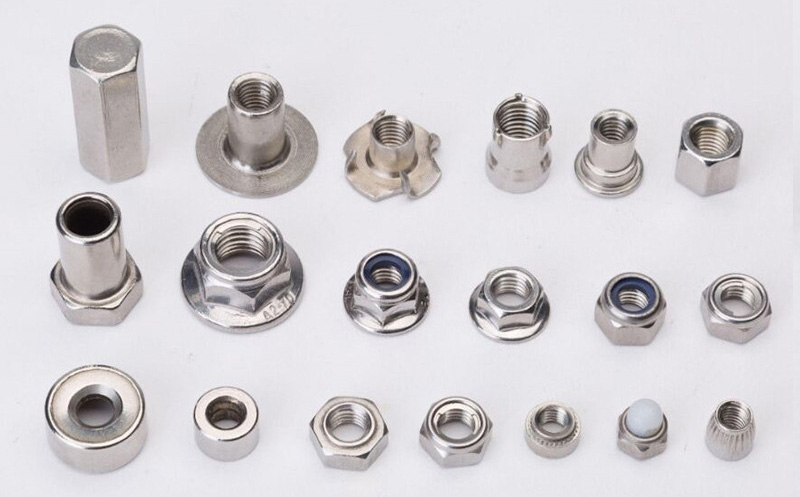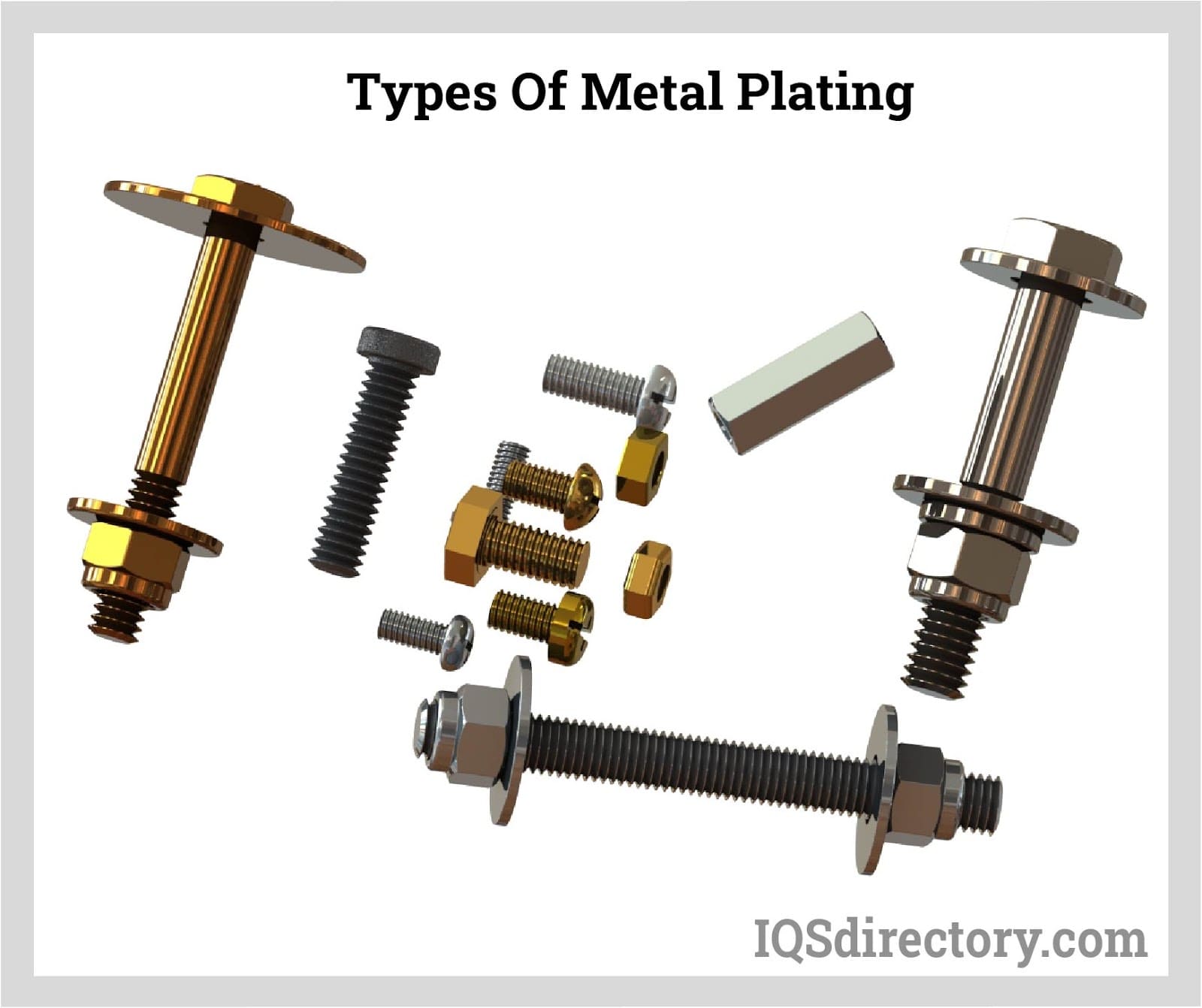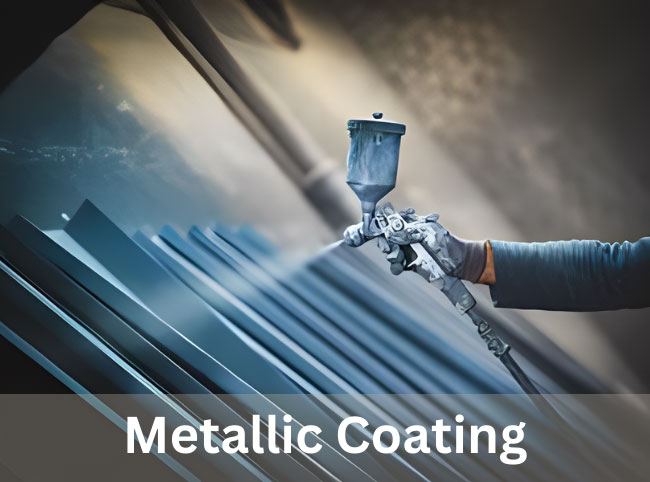
What Is the Chrome Plating Process?
What Is the Chrome Plating Process?
Chrome electroplating involves depositing a thin layer of chromium onto a metal object’s surface. Here is a brief overview of the process:
The first step is to prepare the surface to ensure proper adhesion.
Next, the substrate is immersed in an electrolytic bath containing a solution of chromium ions.
An electric current is then passed through the bath, causing the chromium ions to form a solid chrome layer on the surface of the substrate.
After the chrome layer has been deposited, the plated surface is polished to achieve the desired level of smoothness. (This step is especially important for decorative chrome plating.)
Types of Chrome Electroplating and Their Applications
Because of its many benefits, chrome plating can be used in a wide range of applications. However, some types of chrome plating are best suited for certain applications.
Hard chrome plating is characterized by its ability to withstand corrosion and wear. Hard chrome is ideal for industrial applications or for any metal components that must face harsh conditions or extreme weather.
Thin dense chrome plating is very similar to hard chrome and shares many of the same properties. Although it is thinner than hard chrome, it is far more durable than decorative chrome. Thin dense chrome plating is commonly used for aerospace components and medical equipment. It is also a common choice for food service applications because of its resistance to wear.
Decorative chrome plating is known for its mirror-like finish. While we don’t offer decorative chrome plating at CRC, it is most often used for household items like faucets and light fixtures, or decorative automotive parts.
Four Benefits of Chrome Plating
1: Greater Durability
The layer of chrome on the surface acts as a protective barrier that allows the plated components to withstand harsh conditions. Hard chrome plating in particular has high resistance to corrosion and wear. Enhanced durability is crucial for industrial applications where parts are frequently subjected to friction and abrasion.
2: Improved Appearance
All types of chrome electroplating produce a smooth, attractive finish. Decorative chrome plating results in a bright, mirror-like finish that’s ideal when appearance is a priority. But although hard and thin dense chrome are slightly duller, they both produce a sleek satin finish that lasts longer than decorative chrome. Chrome plating can even be used to remove flaws and restore the appearance of refurbished parts.
3: Exceptional Corrosion Resistance
Chrome plating—especially hard chrome—is highly resistant to corrosion. Chromium naturally forms a passive oxide barrier that protects the underlying material from environmental factors like moisture, chemicals, and salts. As a result, chrome plating is commonly used for parts that are frequently exposed to the elements.
4: Easy Maintenance
Chrome-plated surfaces are simple to clean—you can easily remove fingerprints, dirt, and other contaminants with mild soap and water. The smooth and non-porous nature of chrome also makes it resistant to stains.





























